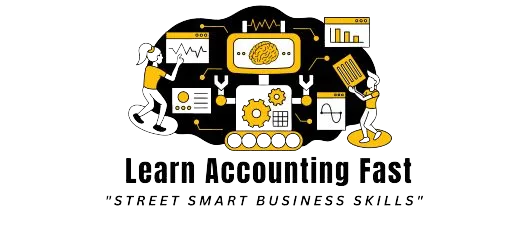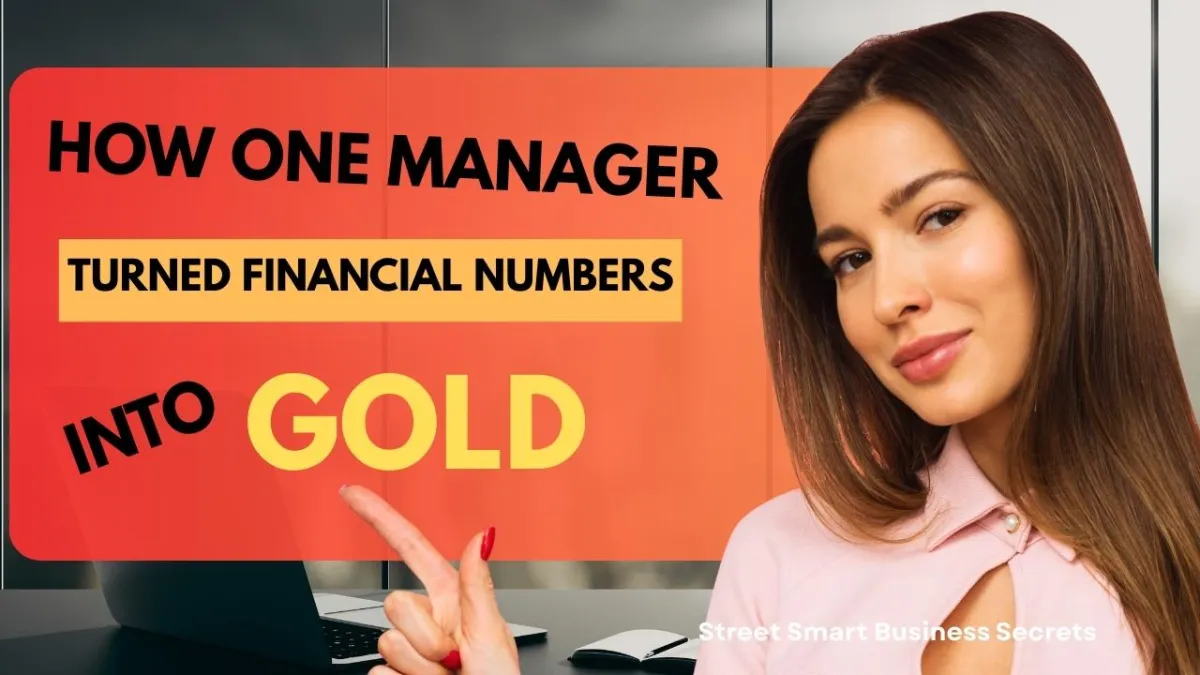10 Steps to Build an Effective Sales System
In today's competitive market, having a well-structured sales system is crucial for the success of any business.
A sales system not only streamlines sales processes but also helps in achieving business goals, improving customer satisfaction, and driving revenue growth.
Here’s a detailed guide on how to build an effective sales system for your business.
Define Sales Objectives and Goals
Setting Clear Targets: Establish specific, measurable, achievable, relevant, and time-bound (SMART) goals for your sales team.
For example, aim to increase sales by 15% in the next quarter or acquire 50 new clients within six months.
Aligning with Business Goals: Ensure that your sales objectives align with the overall business goals.
If your business aims to expand into new markets, your sales targets should focus on acquiring customers in those regions.
Example: If your business goal is to increase market share in the manufacturing sector, set a sales target to onboard 10 new manufacturing clients each quarter.
Identify Your Ideal Customer Profile (ICP)

Market Research: Conduct thorough market research to understand your target audience. Analyze demographics, psychographics, and buying behavior to create a detailed profile of your ideal customer.
Customer Segmentation: Segment your market based on criteria such as industry, company size, geographic location, and specific needs.
This helps in tailoring your sales approach to different segments.
Example: If you offer steel fabrication services, your ICP might be mid-sized construction companies in your region that require custom metalwork for commercial projects.
Develop a Sales Process
Sales Stages: Define clear stages in your sales process, from lead generation to closing the sale and follow-up.
Each stage should have specific actions and criteria for moving prospects to the next stage.
Sales Activities: Outline specific activities for each stage.
For instance, in the prospecting stage, activities might include cold calling, networking events, and social media outreach.
Example: A sales process for a SaaS company might include stages like lead generation, lead qualification, product demo, proposal, negotiation, and closing.
Implement a Customer Relationship Management (CRM) System
Choosing a CRM: Select a CRM system that fits your business needs. Popular options include Salesforce, HubSpot, and Zoho CRM. Consider factors like ease of use, scalability, and integration capabilities.
Integrating CRM: Ensure your CRM integrates seamlessly with other business systems like marketing automation tools, email platforms, and customer support systems.
Data Entry and Management: Maintain accurate and consistent data entry to have a comprehensive view of customer interactions.
This helps in tracking progress and making informed decisions.
Example: Use HubSpot CRM to track all interactions with leads, from initial contact to closing the sale, ensuring no lead falls through the cracks.
Build a Sales Team
Hiring: Recruit sales professionals with the right skills and experience.
Look for candidates who have a proven track record in your industry and possess strong communication and negotiation skills.
Training: Provide comprehensive sales training on your products or services, sales techniques, and the sales process. Regularly update training materials to reflect changes in the market or product offerings.

Motivation: Implement incentive programs to motivate and reward high performance.
This could include commission structures, bonuses, or recognition programs.
Example: Hire sales representatives with experience in B2B sales and provide ongoing training on new features of your product to keep them updated and effective.
Lead Generation and Prospecting
Marketing Collaboration: Work closely with the marketing team to generate leads through various channels.
Effective lead generation strategies might include content marketing, social media campaigns, email marketing, and search engine optimization (SEO).
Prospecting Tools: Utilize tools and databases to identify potential leads.
Tools like LinkedIn Sales Navigator, ZoomInfo, and Clearbit can help in finding and reaching out to prospects.
Example: Run a targeted LinkedIn ad campaign to attract decision-makers in the construction industry, and use LinkedIn Sales Navigator to connect with them.
Sales Enablement
Sales Collateral: Provide your sales team with the necessary materials to succeed, such as brochures, case studies, white-papers, and product demos.
These materials should address common customer pain points and highlight your solutions.
Technology: Equip your sales team with the right tools to streamline their workflow.
This might include CRM software, email tracking tools, and analytics platforms.
Example: Develop a library of case studies that showcase successful projects in your industry, and provide these to your sales team to use during client meetings.
Sales Metrics and KPIs
Track Performance: Monitor key performance indicators (KPIs) to gauge the effectiveness of your sales efforts.
Important Sales KPIs include conversion rates, sales cycle length, average deal size, and revenue growth.
Regular Reviews: Conduct regular performance reviews to identify areas for improvement. Use the insights gained to refine your sales strategies and processes.
Example: If your conversion rate is lower than expected, analyze the data to understand where prospects are dropping off in the sales process and adjust your approach accordingly.
Customer Feedback and Continuous Improvement
Collect Feedback: Regularly gather feedback from customers to understand their experience and identify areas for improvement.
This can be done through surveys, interviews, or feedback forms.
Iterate and Improve: Use the feedback to continuously refine and improve your sales process. This iterative approach ensures that your sales system remains effective and aligned with customer needs.
Example: After closing a deal, send a survey to the customer to gather feedback on their experience and use this information to improve future interactions.
Documentation and Standard Operating Procedures (SOPs)
Document Processes: Create detailed documentation for all aspects of the sales process. This ensures consistency and provides a reference for training new team members.
SOPs: Develop Standard Operating Procedures (SOPs) that outline best practices and guidelines for sales activities. SOPs help in maintaining quality and efficiency.
Example: Document the steps for handling objections during the sales process and create an SOP that sales representatives can follow to effectively address customer concerns.
Conclusion Building a sales system is a strategic process that involves careful planning, execution, and continuous improvement.
By defining clear objectives, understanding your ideal customer, developing a structured sales process, and leveraging the right tools and technologies, you can create a sales system that drives growth and success for your business.
Implement these steps and regularly review and refine your approach to stay ahead in the competitive market. Be the greatest you can be…
Be the greatest you can be… Join us, click the link below for short, sharp, simple video courses that give you confidence and street-smart business skills to succeed.
Latest Posts
The Six Laws of
Wealth Creation
The Six Laws of Wealth Creation. These timeless actions work in 2025’s rapid-change environment and give you calm, repeatable steps to grow money.....
How to Read Business
Financial Reports
A Story of Business Secrets Hidden in Reports
Sarah sat in her office staring at a thick folder of financial reports. Sales, costs, cash flow....
The Millionaire
Mind in Action
Timeless Wealth, Flow, and Power from Robert Kiyosaki,Frank Kern, Tony Robbins
and Open Ai......
Why Cost Control Is the Forgotten Key to Profitability
Most entrepreneurs chase sales growth like it’s the only thing that matters.They spend thousands on ads, new products, and fa ncy offices.....
Master Prompts For
Financial Analysis
The Complete Small Business Guide to Financial Analysis: Formulas, Examples, and Tips.These are super-powerful questions you can ask an AI to help..
How To Solve Any Business
Problem With Ai
AI can help you solve all of these faster, smarter, and more affordably, if you know how. This guide will show you exactly how to do that.........
Disclaimer: The content shared on this blog and in these videos is for informational and educational purposes only. Despite my 30 years of experience as a business owner, I am not a certified financial advisor, accountant, or legal professional. The insights and tips shared are based on personal experiences and should not be taken as professional financial or legal advice. For financial, legal, or professional advice, please consult with a certified professional in the respective field. I disclaim any liability or responsibility for actions taken based on any information found in this blog or these videos.
Copyright Learn Accounting Fast - All Rights Reserved 2025









Facebook
Instagram
X
LinkedIn
Youtube